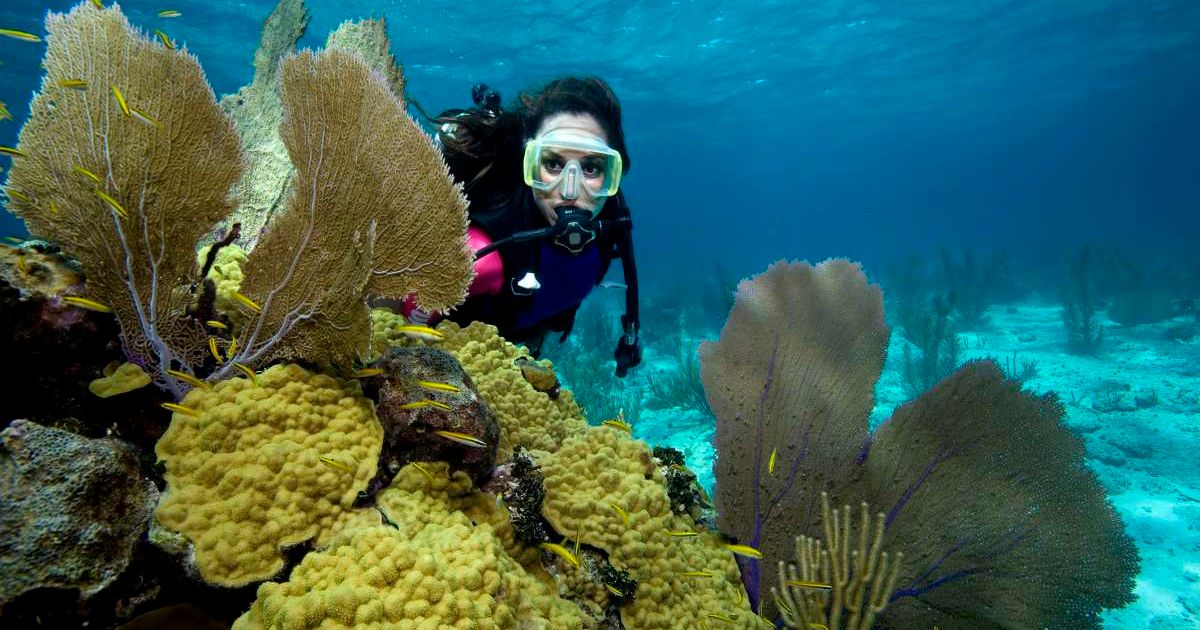Florida’s Corals Are Barely Surviving — And Scientists Think It May Already Be Too Late

Colorful corals found across the world are the foundation of vibrant marine ecosystems. They provide food and shelter to countless sea creatures and support millions of livelihoods, but are now declining at alarming rates in some parts of the world. Rapidly rising water temperatures and water pollution are said to be the main causes of this decline. In recent news, a group of scientists and researchers has found that Elkhorn and staghorn corals, which used to carpet Florida’s reef system, are now facing ‘functional extinction.’ Unprecedented heatwaves and record-breaking water temperatures in the region have pushed these corals beyond recovery.

For more than 10,000 years, these coral species have shaped Florida’s reefs. While they were already facing dangers due to various factors, including disease, pollution, hurricanes, and warming oceans, it is now facing one of the worst crises yet. Though a few colonies of these coral species remain, they no longer shape or support the reef systems that once depended on them. Scientists warn that when corals reach this point, it often marks the final step before complete global extinction. The findings of the study were revealed in the journal Nature.

When water temperatures rise above a certain limit, corals lose the algae that sustain them. In this process, they also lose their vibrant colors, turning ghostly white at times. Therefore, when the intense heatwave of 2023 took place with greater intensity than ever before, and ocean temperatures rose more than 31°C for more than a month, it wiped out between 98% and 100% of the above-mentioned coral species. The disappearance of these corals triggers a chain reaction of devastating effects. Ross Cunning, a research biologist at Shedd Aquarium and one of the authors of the study, spoke of the effects and said, “Reef growth slows, habitat complexity declines, and fish and invertebrates lose shelter and resources they depend on.”

The research further claims that the natural recovery of these functionally extinct corals is now almost impossible. This is because scientists believe that severe bleaching events, which were once rare, will now become a common occurrence by 2040, as reported by CNN. In such a scenario, even several other coral species may begin to go extinct. Moreover, the danger isn't just limited to Florida; experts caution that such a scenario could soon strike multiple oceans across the world. However, Keri O’Neil, director and senior scientist of the Coral Conservation Program at the Florida Aquarium, believes that the situation can still be improved.

She said, “Human intervention, combined with improved ocean conditions, can reverse this trend.” Cunning also emphasized that the recent report’s alarming findings are not meant to spread hopelessness among the people, but to ignite a sense of determination. While the losses are immense, there is still some time to act upon them. He said, “The window to prevent further losses is rapidly closing, yet targeted interventions and aggressive climate action can still make the difference.” This can mainly be done by cutting down carbon emissions, restoring the damaged reefs, and advancing research in this field.
More on Green Matters
Coral Reefs Are Essential to a Thriving Ecosystem — Here Are the Ways They Help
This Robot Just Delivered 100,000 Baby Corals to the Great Barrier Reef